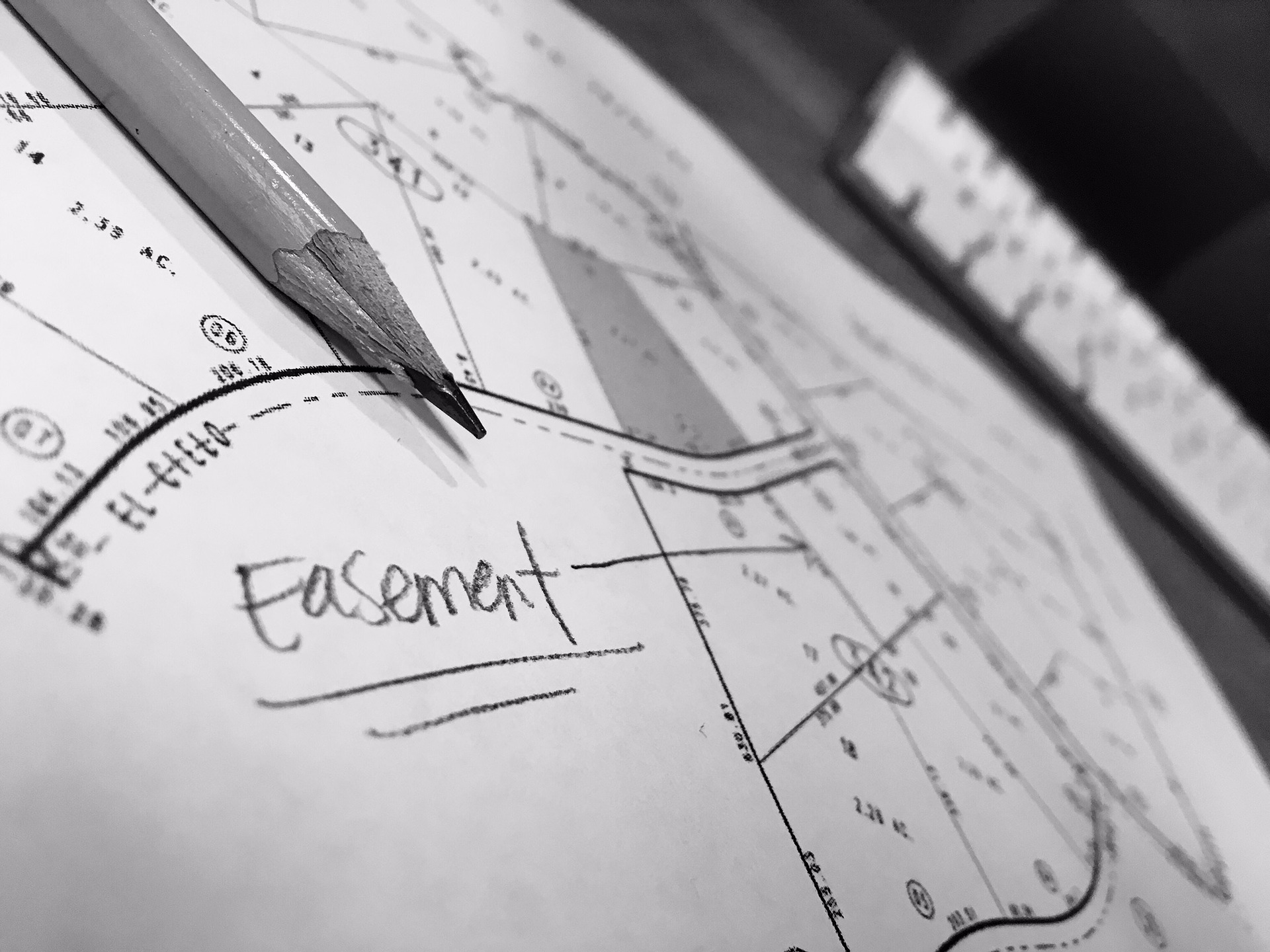When it comes to deeds, land conveyance, and transfers of real property it is important to understand any encumbrances that may come with the land. Generally, encumbrances can be any liens, adverse possession claims, mortgages, or any other type of leaseholds against the property. When people purchase property two important things that their agent’s or attorneys will look for in the deed is whether there are covenants or easements attached to the land.
Let’s set out an example for you so that it is easier to understand. Let us say you own a parcel of land, let us call it Greenacre. Greenacre is totally landlocked. There are no roads to get to the main road from your house. The only way to get to a main road is through this crazy forest, but it takes you 45 minutes. You live next to a neighbor who also owns a parcel of land. You’re neighbors parcel of land is called Yellowacre. Let’s say in your deed it says you have a covenant by way of the owner of Yellowacre. A covenant is a restriction of what you can do on your land. The covenant on your land says you can not block the path to the common tennis court that sits in between your property and your neighbors. That’s fine. But, remember that 45 min trip through the sketch forest that you have to take just to get to a main road? Guess what? Lucky for you, you have an easement on your neighbor’s land. An easement in a non-possessory interest in land that allows you (the dominant easement) to do something on your neighbors property (servant easement). Your easement indicates that you are allowed to drive on your neighbors driveway which goes all the way to the main road and is a quick 5 min ride! Yay for easements!
There are a number of ways easements can be created:
- By express grant
- By implication
- By necessity
- By prescription
Easements can also be extinguished by
- Estoppel
- Necessity
- Destruction
- Release
- Abandonment
- Merger
- Prescription
Let us say you have an easement on your neighbors land that allows you to fish at their pond in the summer. You have used this easement for 15 years. However, now your owner has decided to sell their property and you now have a new neighbor. Your old neighbor forgot to include the existence of the easement in his deed to the neighbor. The new neighbor doesn’t like to share and has told you that you can no longer use the pond. Tough luck for him. Because you can still use it. An easement does not disappear just because it is not in a deed because it runs with the land. In addition, your covenant would still run as well even if you told him there was no covenant.
For a covenant’s burden to run:
- Must be in writing
- Must be made with intent
- Must touch and concern the land
- Must have horizontal and vertical privity with the land
For a covenant’s benefit to run:
- Must be in writing
- Must be made with intent
- Must touch and concern the land
- Must have vertical privity with the land






